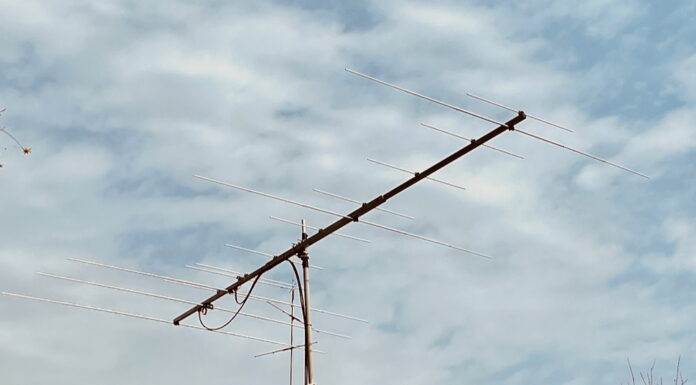I’ve continued working on satellite contacts. And, I’m having a blast.
Grid Activations – All The Time
There seem to be a tremendous number of grid activations underway each and every week, which makes things very interesting and fun. For one there’s the National Parks on the Air program, and the associated grids, that a number of people are activating. I’ve managed to work 20 park service units, all on satellites.
Then this past weekend the AMSAT Space Symposium Cruise lit up the satellites with guys operating off the deck from a water based grid or several. I also managed to work W2LI on the Dry Tortugas. This was a NPOTA activation along with a rare USA grid.
Satellite DX – Azores to Alaska
My best satellite DX this weekend was CU3EQ on the Azores. It was via the FO29 satellite on Sunday morning. My wife was downstairs and she reported that she could hear me yelling into the microphone and then whooping when I got into the log. This morning the Logbook of the World confirmation showed up. That’s my best distance so far at 3,849 miles.
Power Levels – Keep It Low
My next best distance has been AL7RS in Teller, Alaska, on the Bering Strait at 3,583 miles. But that brings to mind another satellite revelation from this weekend. I was listening to a station calling AL7RS for a scheduled contact on FO29. Then I tuned down the band to see who else was on. I found a very, very loud CW signal. Then I tuned back across the band and found AL7RS in the schedule, but the signals were much, much weaker. Light bulb! The CW station was taking much of the transmit power from the satellite, depriving the other QSOs of their needed power.
I had heard about this from W5PFG via his tweets and blog posts, particularly the one about the Mad Ditter. And, I’d read about “transponder hogging” in the ARRL’s Satellite Handbook. Now I know what it means. I guess I’d better crank down that power level as well…
Having Fun – Here’s What I Like
As you can tell, I’m having a great deal of fun on the satellites. Here’s what I like based on my observations to date:
- Technical – both from an RF and a computer control perspective.
- Sophisticated yet simple – az-el arrays or hand-held antennas.
- Low power works – no transmit amplifiers needed or wanted.
- Cool antennas – I love antennas and particularly those I can put up in my small yard.
- Short QSOs that convey the needed information – I’m not a rag chewer.
- Limited time on the air – satellite passes are short and sweet.
- Predictable time on the air – I like six meters and up, but not listening to white noise waiting for an opening.
- Grid activations that don’t need a contest – love rovers and will try satellite roving soon.
- Awards programs – I’m always chasing paper.
- Welcoming group of operators – all very helpful and generous with their time and patience.
Plus, it’s just magical to work stations through space. Whenever I’ve been asked about amateur radio I’ve always mentioned satellites, it captures people’s imaginations. But until recently I’ve never thought it was a reasonable possibility for my station. Wrong, yet again.
If you’re on the satellites, thanks for your QSOs. If you’re not, you gotta try it out in your ham radio adventures.









Jim,
I was equally excited when I worked CU3EQ in the Azores last weekend…especially when its armchair copy and then it registers, hey, thats the Azores.
KO4MA Drew is the master at trans-atlantic QSO’s via FO29 when its at Apogee.
73
Mike